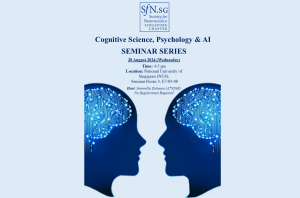Key Findings and Implications
Prof. Eric J. Huang from the University of California, San Francisco, presented a compelling exploration of the underlying mechanisms behind germinal matrix hemorrhage (GMH), a significant neurological condition affecting developing fetuses. Prof. Huang shared soon-to-be-published data that highlighted the crucial role of immune-vascular interactions, particularly involving activated neutrophils, in disrupting angiogenesis within the developing brain.
Methodology and Insights
Leveraging a multifaceted approach, Prof. Huang’s team employed single-cell RNA sequencing, brain bank samples from second-trimester fetuses, and cortical organoids to gain a deeper understanding of the biological processes involved. Their findings revealed a complex interplay between immune cells and blood vessels, shedding light on the potential causes of GMH.
Critical Periods and Neurodevelopment
A particularly intriguing aspect of the discussion was the emphasis on critical periods during early human neurodevelopment. Prof. Huang postulated that the second trimester, around 17 weeks post-gestation, marks a particularly vulnerable time for GMH due to the concurrent development of the blood-brain barrier and its influence on neurogenesis. The speaker suggested that the interplay between these two processes, mediated by functional neutrophils, may play a pivotal role in the susceptibility to hemorrhage in GMH of certain fetuses.
Conclusion
Prof. Huang’s research offers valuable insights into the etiology of germinal matrix hemorrhage. By elucidating the critical role of immune-vascular interactions and identifying vulnerable developmental windows, his work paves the way for future studies aimed at developing preventive strategies or therapeutic interventions for this condition.





